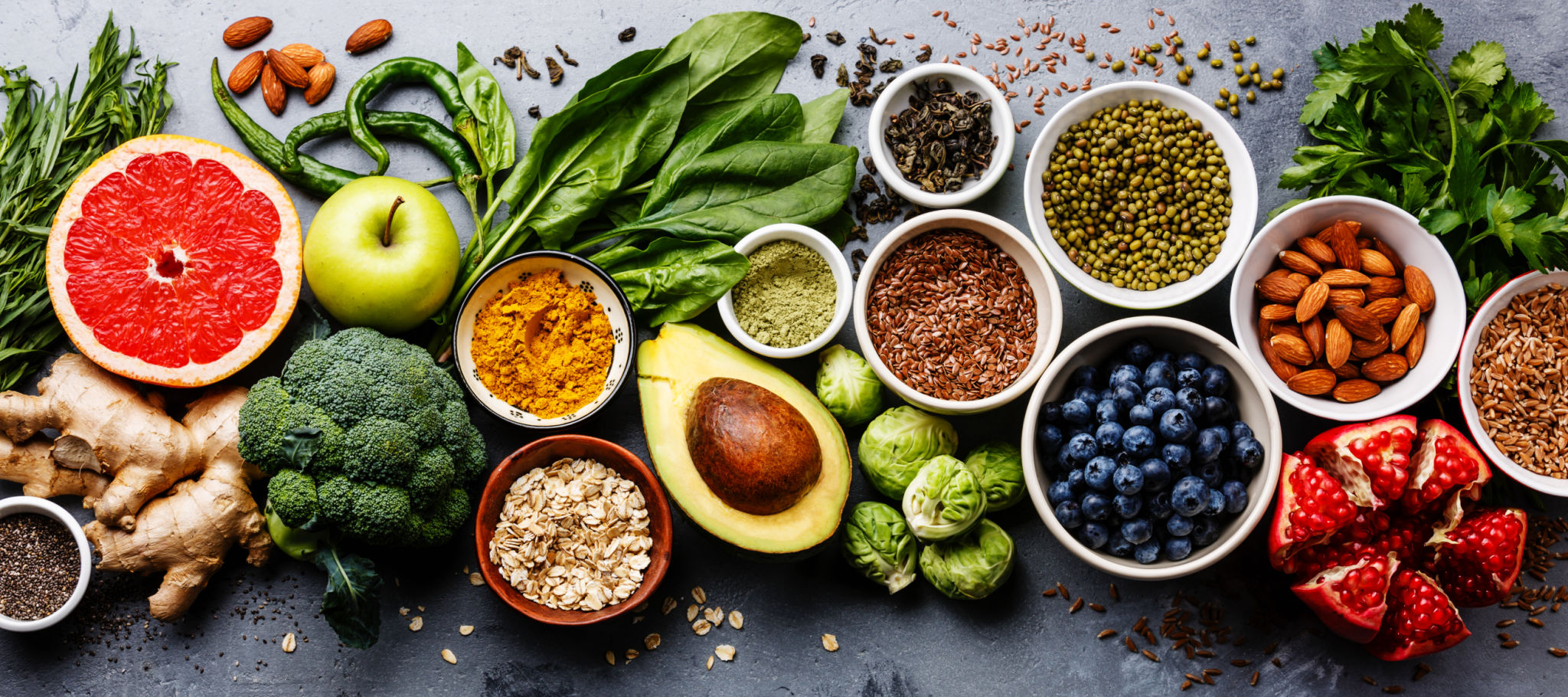How to Create Nourishing Meals: Tips from a Wellness Expert
Understanding the Basics of Nourishing Meals
Creating nourishing meals is more than just following a recipe; it's about understanding the balance of nutrients your body needs to thrive. A well-rounded meal should include a variety of food groups, ensuring you're getting a mix of proteins, carbohydrates, fats, vitamins, and minerals. This balance is crucial for maintaining energy levels, boosting immunity, and supporting overall well-being.
To get started, consider incorporating more whole foods into your diet. These are foods that are minimally processed and provide maximum nutritional value. Think fresh vegetables, whole grains, lean proteins, and healthy fats. By focusing on whole foods, you can create meals that are not only delicious but also beneficial for your health.

Planning Your Meals Mindfully
Meal planning is an essential step in creating nourishing meals. It allows you to consider what nutrients you need and plan accordingly. Start by selecting recipes that include a variety of food groups and use a weekly planner to map out your meals. This helps ensure you're eating balanced meals throughout the week and reduces the temptation to opt for less healthy convenience foods.
When planning your meals, focus on seasonal produce. Seasonal fruits and vegetables are often fresher and more nutrient-dense. Additionally, buying in season can be more cost-effective and environmentally friendly. Use these ingredients as the base of your meals and build around them with proteins and whole grains.
Incorporating Superfoods for Extra Nutrition
Superfoods are nutrient-rich foods that provide a substantial amount of vitamins, minerals, and antioxidants. Incorporating these into your meals can boost their nutritional profile significantly. Examples of superfoods include berries, leafy greens, nuts, seeds, and fatty fish like salmon.

To add superfoods to your diet, try sprinkling chia seeds or flaxseeds into your breakfast cereal or smoothie. Incorporate leafy greens like spinach or kale into your salads or main dishes. By adding these nutrient powerhouses into your meals, you're enhancing their nutritional value without much effort.
Cooking Techniques That Preserve Nutrients
The way you prepare your food can greatly impact its nutritional content. Cooking techniques such as steaming, grilling, or baking help preserve the nutrients in foods better than frying or boiling. Steaming vegetables, for instance, retains more vitamins compared to boiling them.
Additionally, using herbs and spices not only enhances flavor but adds extra nutrients as well. Consider using turmeric for its anti-inflammatory properties or ginger for its digestive benefits. These small additions can make a significant difference in the quality of your meals.

Listening to Your Body
One of the most important aspects of creating nourishing meals is listening to your body. Pay attention to how different foods make you feel both physically and emotionally. Everyone's nutritional needs are different, so what works for someone else might not work for you.
Practice mindful eating by eating slowly and savoring each bite. This helps you tune into your body's hunger cues and understand when you're truly satisfied. By being more in tune with your body's needs, you can create meals that nourish not just your body but also your mind.
